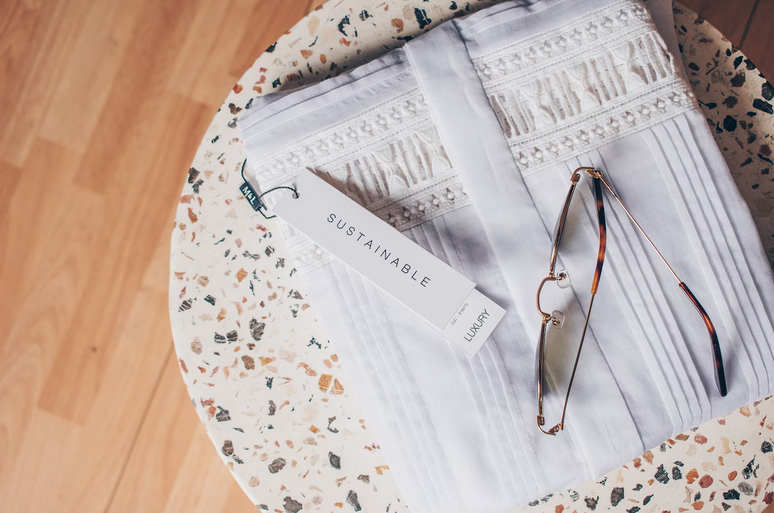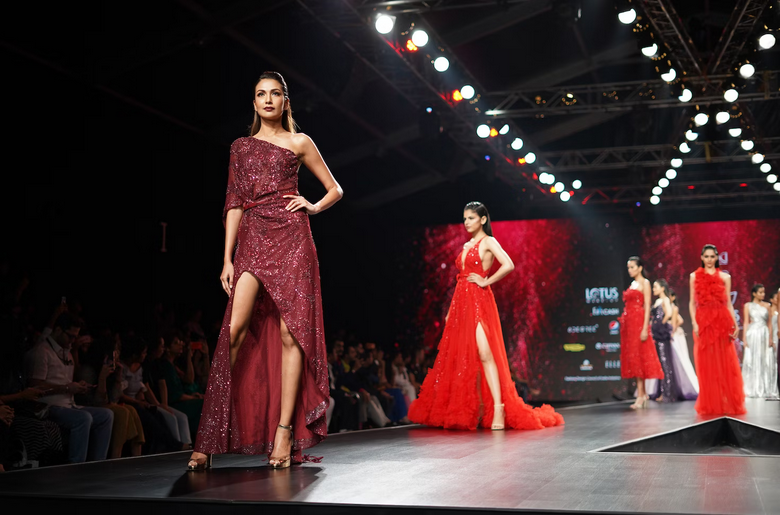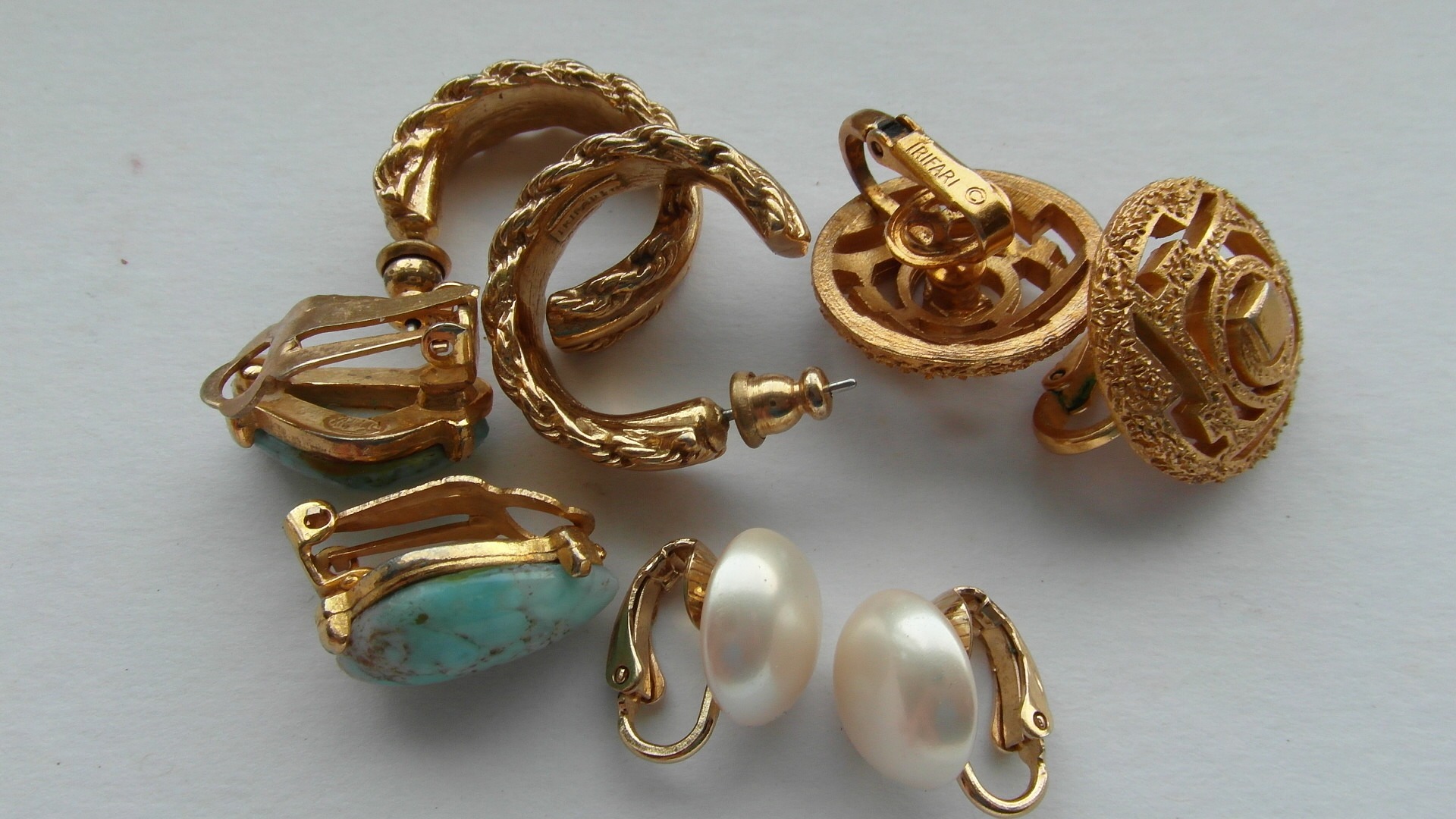Welcome to the fascinating world of fashion, where fads come and go faster than you can say “haute couture.” But have you ever stopped to wonder how these trends are shaped? How does an industry that thrives on reinvention continue to evolve itself? In this blog post, we dive deep into the evolving runways of the fashion industry, exploring the exciting ways it is changing before our very eyes. From sustainability and inclusivity to technology and virtual experiences, join us on this sartorial journey as we uncover the future of fashion.
Rise of Sustainable Fashion

Sustainability has become more than just a buzzword; it’s a guiding principle reshaping the fashion industry. Shoppers are increasingly conscious of the environmental impact of their purchases, leading to a surge in demand for sustainable and ethically produced clothing. Brands are responding by adopting eco-friendly practices, using recycled materials, and implementing transparent supply chains.
The rise of sustainable fashion reflects a broader commitment to reducing the industry’s ecological footprint and promoting ethical production methods. You can visit this link https://www.news.de/wirtschaft/857408371/eleganz-in-der-wirtschaftskrise-wie-bleibt-luxus-relevant/1/ to read about how sustainability is impacting the luxury fashion industry and the economy at large.
Digitalization and Augmented Reality (AR) in Retail
The integration of digital technology, particularly augmented reality, is revolutionizing the retail experience. Virtual try-on apps and AR-powered mirrors allow consumers to visualize how clothing will look on them without trying it on physically. This not only enhances the online shopping experience but also reduces the rate of returns, a longstanding challenge for e-commerce platforms.
As fashion brands embrace digitalization, the boundary between online and offline shopping continues to blur, providing consumers with a seamless and engaging retail journey.
Inclusive Fashion and Body Positivity

The fashion industry is witnessing a long-overdue shift towards inclusivity and body positivity. Brands are recognizing the diversity of body shapes, sizes, and backgrounds, and are adjusting their marketing strategies accordingly.
More fashion labels are embracing inclusive sizing, featuring models of various ethnicities, and promoting realistic beauty standards. This evolution reflects a broader cultural shift towards celebrating diversity, fostering a sense of belonging for consumers who have historically felt marginalized by the industry’s narrow beauty standards.
Direct-to-Consumer (DTC) Dominance
The traditional fashion supply chain is undergoing a significant transformation with the rise of direct-to-consumer (DTC) models. Previously, brands relied heavily on intermediaries like retailers and wholesalers.
Now, many are opting to sell directly to consumers through their online platforms. This not only allows for a more personalized shopping experience but also enables brands to gather valuable data on consumer preferences. By cutting out middlemen, fashion companies can maintain better control over pricing, inventory, and brand image.
Technology in Sustainable Manufacturing
Advancements in technology are playing a pivotal role in making fashion production more sustainable. From 3D printing to artificial intelligence (AI)-driven design processes, innovative technologies are reducing waste and optimizing resource usage.
Additionally, blockchain is being used to enhance transparency in the supply chain, allowing consumers to trace the journey of a garment from production to purchase. These technological interventions signify a commitment to creating a more environmentally friendly and socially responsible fashion industry.
Redefining Luxury With Digital Fashion and NFTs

The concept of luxury in the fashion industry is expanding beyond physical garments to include digital fashion and non-fungible tokens (NFTs). Digital clothing designed exclusively for online avatars and social media platforms is gaining popularity among consumers who seek virtual self-expression.
Simultaneously, the use of NFTs is allowing fashion enthusiasts to own and trade unique digital assets associated with exclusive collections. This intersection of fashion and technology is reshaping the definition of luxury, adding a digital dimension to the industry’s traditional notions of exclusivity.
The fashion industry’s metamorphosis is evident in the intersection of sustainability, technology, and changing consumer values. As the landscape continues to evolve, brands that adapt to these shifts will thrive in the new era of fashion. The key lies in embracing innovation, fostering inclusivity, and staying attuned to the ever-changing pulse of consumer preferences.




